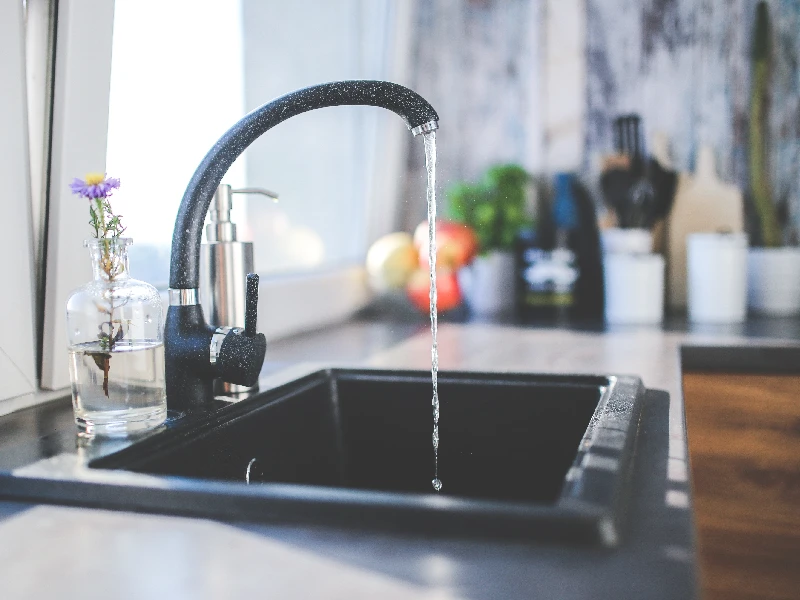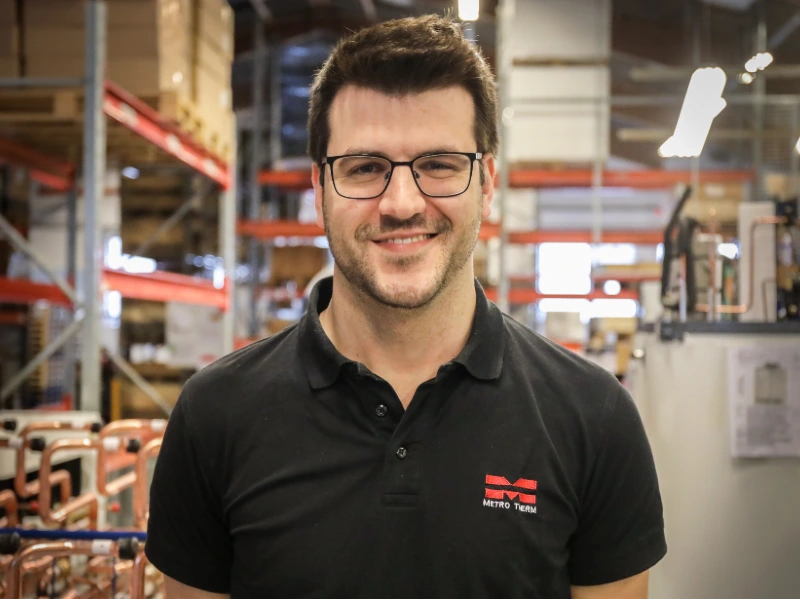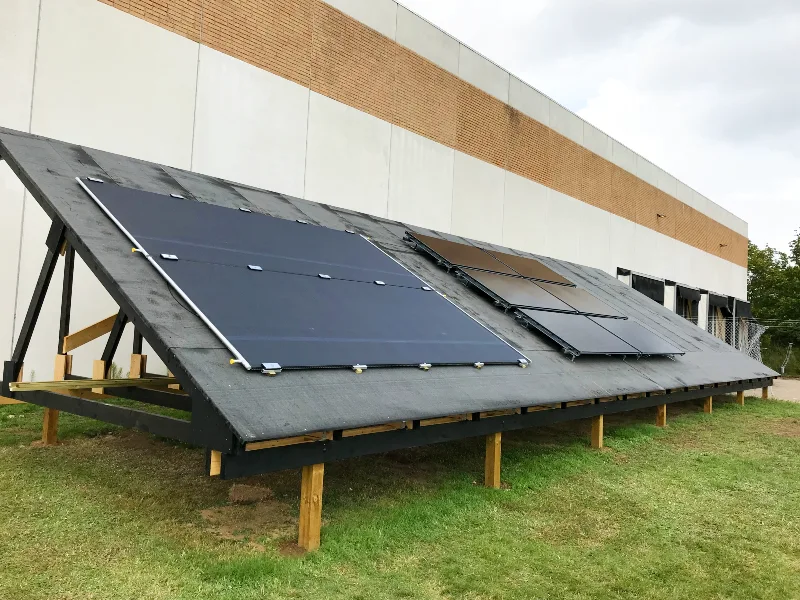"How many litres" is not the question you should be asking
30 litres, 60 litres, 110 litres. This is the parameter that both professionals and individuals have used when choosing a hot water heater. However, the technology in hot water heaters has evolved so much that the number of litres in the tank is no longer the best question to ask.
Once it was pretty simple - if there were 110 liters in the tank, you could use 110 liters of hot water. Then wait until the water in the tank warms up again.
This used to make good sense as a benchmark for what size hot water heater a given family needed. But what does it look like today?
Technological advances
The technology for heating domestic hot water has evolved rapidly, which means that hot water tanks today are much better insulated and have much higher heat capacity. In other words, the effect has improved significantly. For the consumer, this means that the hot water tank does not have to contain a given amount of water in order for the consumer to get the same amount of hot water from the tap.

For example, METRO THERM's hot water heaters have become so efficient that they can heat the water almost as fast as the family can use it. This makes you able to take long showers without having to worry about running out of hot water.
These technological advances mean that the net volume in a tank itself cannot answer whether a given container is the right choice for a given family - and in fact, a 110-liter container no longer holds 110 liters of water.
Less water in the tank without running out of hot water
The technology we use in our hot water tanks means that there actually is less water in the tank. In practice, however, the effect is the same. Features such as Smart Control, which registers the consumption pattern in the household and only heats water when needed, also reduces your energy bills.
Specifically, we have reduced net volume to make room for improvements that make the water heater more efficient. The combination of the insulation, which ensures less heat loss, and an extended heating coil in the hot water tanks means that the effect is raised so much that one is close to being able to have constant hot water for example showers. Therefore, it is no longer the volume that matters, but the effect.
What would be a better question?
When the effect is better, the amount of water can be reduced and still meet the needs of the given household. The increased effect ensures that the water heats up faster and the amount of hot water is more constant than it was before. Therefore, some better questions could be "how many people are in your household?" and "how big was your water consumption last year?"
It is estimated that the consumption of hot water in a household typically varies between 50-300 l / day, but that the average consumption is around 85 liters / day. Since the water in the tank should be replaced daily for hygienic reasons, it is important to find out what size of tank is the right fit for that particular household.



